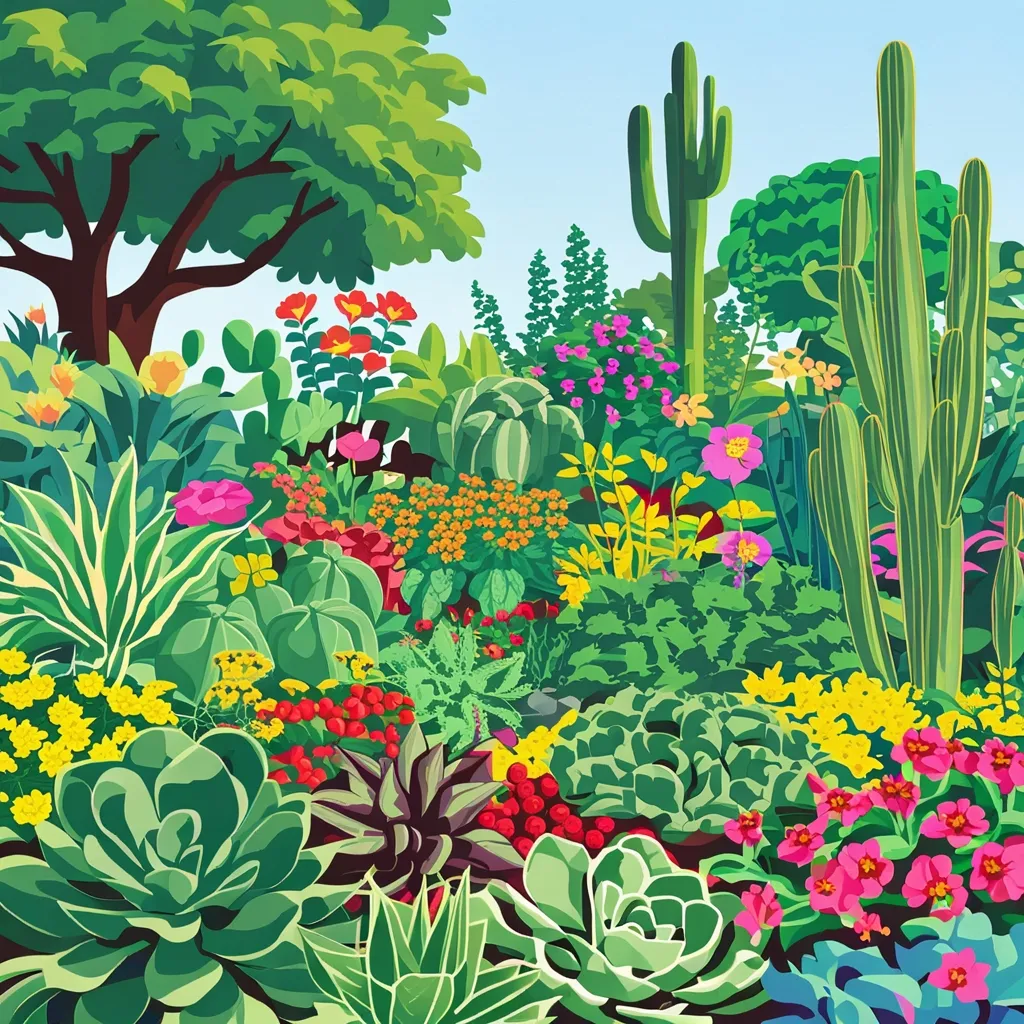Imagine a world where your investment analysis is as dynamic and adaptive as the human brain. This isn’t about relying on traditional AI algorithms or static financial models; it’s about creating an analytical approach that mimics the intricate, ever-learning nature of neural circuits.
The Brain as a Model
When you think about it, the human brain is an extraordinary processor of information. It consists of billions of neurons, each connected to thousands of others, forming a vast network that constantly learns and adapts. This concept is at the heart of neuromorphic computing, a technology that designs computers to function like the human brain.
In the context of investment analysis, adopting a neuromorphic approach means structuring your valuation process to resemble these neural networks. Imagine your analysis as a series of interconnected nodes, each representing different aspects of a company or market. As new information flows in, these nodes adjust and reweight themselves, much like synapses in the brain strengthening or weakening based on new experiences.
Real-Time Insights
One of the key benefits of this approach is its ability to provide real-time insights. Traditional financial models often rely on historical data and can be slow to adapt to changing market conditions. In contrast, a neuromorphic system can process vast amounts of data in real-time, allowing you to respond quickly to market shifts.
For instance, in the insurance industry, neuromorphic computing can be used to detect anomalies in real-time, such as predicting natural disasters or detecting driver fatigue. This same principle can be applied to financial markets, where early detection of trends or anomalies can give you a significant edge.
Energy Efficiency and Scalability
Neuromorphic systems are also remarkably energy-efficient. Unlike traditional computers that consume a lot of power, these systems mimic the brain’s ability to process complex information using minimal energy. This makes them ideal for applications that require continuous monitoring and analysis without the high energy costs.
In terms of scalability, neuromorphic systems can handle large-scale neural network simulations without losing efficiency. This is crucial in finance, where dealing with massive datasets is common. By scaling up your analytical capabilities without compromising on efficiency, you can handle more complex data patterns and make more accurate predictions.
Edge Computing and Privacy
Another advantage of neuromorphic computing is its compatibility with edge computing. This means that data processing can be done at the edge of the network, closer to the source of the data, rather than in centralized servers. This approach reduces latency and enhances privacy and security, as sensitive data does not need to be transmitted over long distances.
In financial transactions, this could mean real-time monitoring of digital banking activities without compromising user privacy. For example, anomalous patterns in user behavior can be detected instantly, allowing for swift action to prevent security breaches.
Adaptive Learning
One of the most compelling aspects of neuromorphic analysis is its ability to learn and adapt continuously. Unlike traditional models that rely on pre-trained datasets and post-facto analysis, neuromorphic systems can learn unsupervised and adjust their parameters in real-time.
This adaptive learning is particularly useful in capital markets, where predicting stock prices, asset value fluctuations, and derivative pricing requires learning and predicting patterns over time. Neuromorphic systems, especially those using spiking neural networks (SNNs), have been found to be more effective in these scenarios than traditional alternatives.
Practical Applications
So, how can you apply this neuromorphic approach in your investment analysis? Here’s a practical example: imagine you are evaluating a company for potential investment. You set up a network of nodes, each representing different metrics such as revenue growth, market share, customer satisfaction, and financial health.
As new data comes in—whether it’s quarterly earnings reports, market research, or customer feedback—these nodes adjust their weights and connections. This dynamic adjustment allows you to see how different factors interplay and influence each other, giving you a more holistic and nuanced view of the company’s potential.
Real-World Examples
In the real world, companies are already leveraging neuromorphic computing for various applications. For instance, in the automotive sector, neuromorphic systems are used in advanced driver-assistance systems (ADAS) and autonomous vehicles. These systems can process complex sensory data in real-time, enabling faster and more accurate decision-making.
Similarly, in healthcare, neuromorphic computing can be used for remote monitoring of elderly patients. By detecting falls or sudden health issues in real-time, these systems can alert caregivers and medical professionals instantly, improving response times and patient outcomes.
Market Growth and Future Prospects
The market for neuromorphic computing is growing rapidly, driven by the increasing demand for AI and machine learning applications that mimic the brain’s neural architecture. The global neuromorphic computing market is expected to expand significantly over the next decade, with projections indicating a compound annual growth rate (CAGR) of up to 89.7% in some estimates.
This growth is fueled by the need for more efficient and adaptive computing solutions across various industries, including finance, healthcare, and automotive. As more companies invest in neuromorphic technology, we can expect to see more innovative applications and greater integration into everyday analytical processes.
Conclusion
Incorporating neuromorphic principles into your investment analysis can revolutionize the way you evaluate market opportunities. By mimicking the brain’s neural networks, you create a more intuitive, responsive, and adaptive analytical framework. This approach not only enhances your ability to process vast amounts of data efficiently but also provides deeper, more nuanced insights that feel as natural and intuitive as human thought itself.
As you embark on this journey, remember that the key to successful neuromorphic analysis lies in its ability to learn, adapt, and evolve continuously. By embracing this dynamic and brain-like approach, you can stay ahead in the ever-changing landscape of financial markets and make more informed, intuitive investment decisions.






